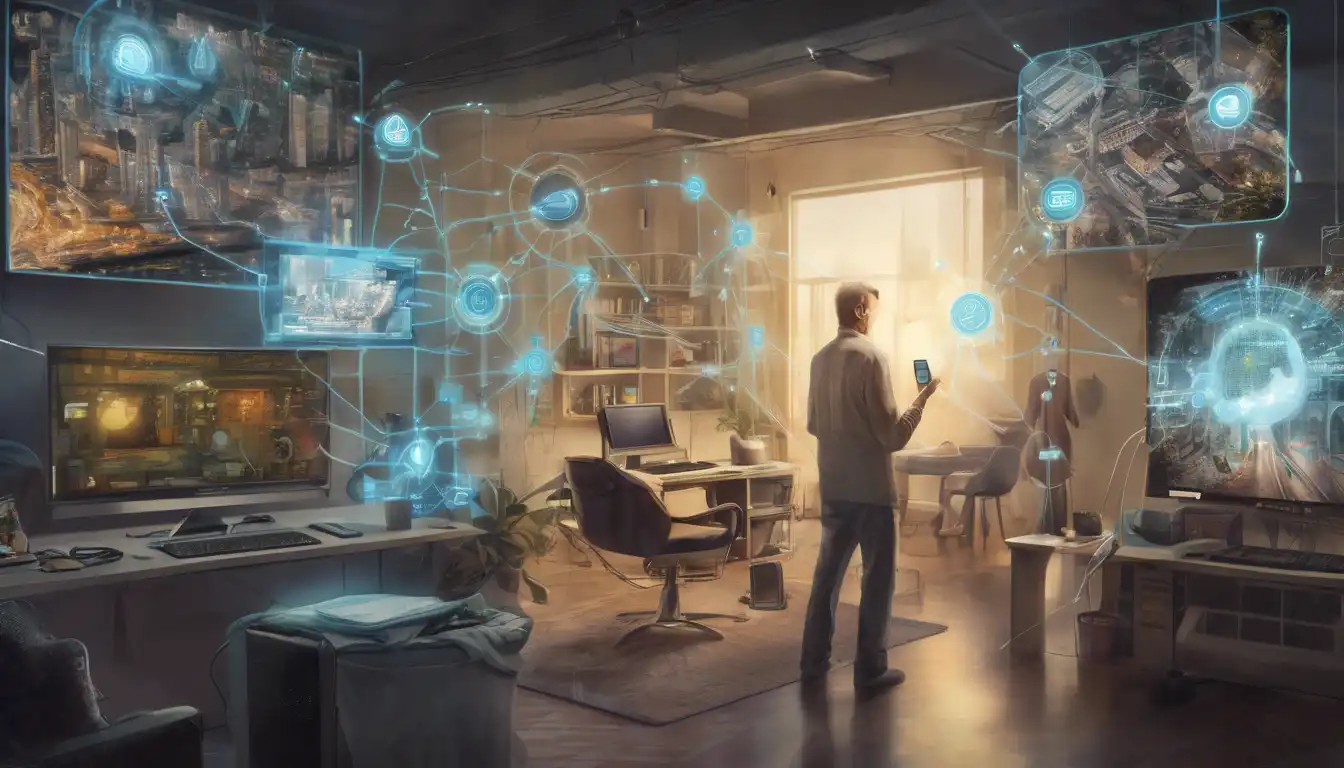Introduction to the Internet of Things (IoT)
The Internet of Things (IoT) represents a revolutionary shift in how we interact with technology, embedding intelligence into everyday objects. This connectivity not only enhances convenience but also significantly improves the quality of life across various sectors.
Enhancing Home Automation
Smart homes are perhaps the most visible example of IoT's impact. From thermostats that learn your preferences to refrigerators that can order groceries, IoT devices are making homes more comfortable and efficient. Discover more about smart home technology.
Revolutionizing Healthcare
IoT is transforming healthcare through wearable devices that monitor vital signs in real-time, enabling proactive management of health conditions. This technology ensures timely medical interventions, potentially saving lives.
Improving Urban Living
Smart cities leverage IoT to optimize traffic flow, reduce energy consumption, and enhance public safety. These innovations contribute to a more sustainable and livable urban environment.
Boosting Agricultural Efficiency
In agriculture, IoT devices monitor soil moisture and crop health, allowing farmers to maximize yields while minimizing resource use. This precision agriculture is key to feeding the growing global population sustainably.
The Future of IoT
As IoT technology continues to evolve, its potential to improve lives is boundless. With advancements in AI and machine learning, IoT devices will become even more intuitive and helpful.
Challenges and Considerations
Despite its benefits, IoT faces challenges such as privacy concerns and the need for robust cybersecurity measures. Addressing these issues is crucial for the continued growth and acceptance of IoT technologies.
In conclusion, the Internet of Things is not just a technological trend; it's a transformative force that is reshaping our world. By connecting the unconnected, IoT is making life more convenient, healthier, and more sustainable. Learn more about the future of IoT.
